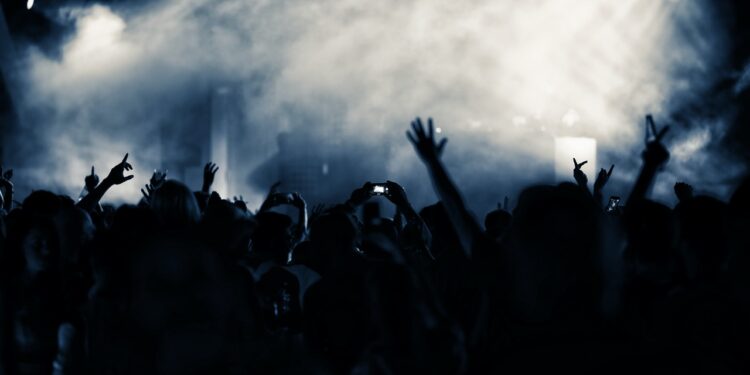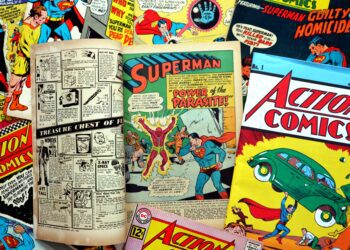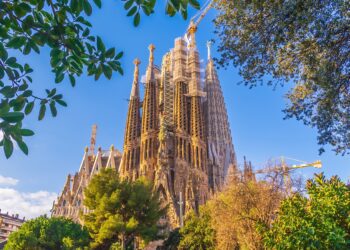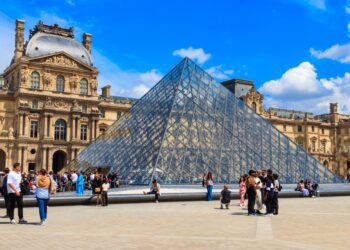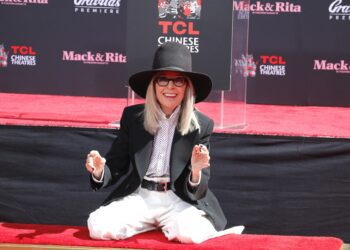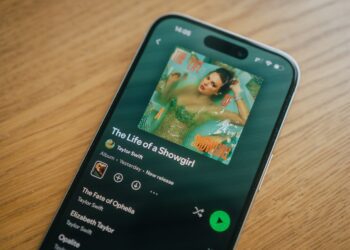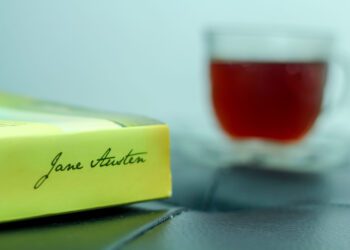From the 1960s to the age of digital technology, a new show at the V&A Dundee looks at how club design around the world has evolved to reflect the ever-changing music that’s soundtracked our lives.
Playing on an endless loop in the middle of the V&A exhibition Night Fever is a 40-second clip of John Travolta’s famous dance moves from the film Saturday Night Fever. The disco era was a crucial moment in the history of nightclubs and discotheques. Pre-social media, the film made disco music and disco dance part of mainstream pop culture.
The V&A show, which borrows its title Night Fever from the film, looks back at the origins of disco culture in the 1960s and how it’s changed over the decades.
Curator Kirsty Hassard says in the 1960s Italy led the way in creating nightclubs where teenagers and 20-somethings could enjoy themselves away from the gaze of parents.
“You had clubs like the Piper Club in Rome and then more radical developments like Space Electronic in Florence which combined discotheque with theater,” she told CEO Magazine. “It was the boom of youth culture. But designers were emerging into quite a limited economy so they created spaces on a small budget, which were never meant to be permanent.”
“Technology was more basic than it is today but a place like Space Electronic was pushing the boundaries of what a club venue could be.”
Night Fever uses photos, artefacts, and music to look at clubs such as the Palladium in New York, gay Manhattan dance-clubs such as The Saint (which took over the space once occupied by the rock venue the Fillmore East) and Paradise Garage in SoHo, where DJ Larry Levan made his name.
A different version of this show has been seen at the Vitra Design Museum on the Swiss-German border.
Attending the show’s opening was Mike Grieve, who has run Glasgow’s Sub Club since 1993. The venue, opened in 1987, is one of the oldest subterranean music clubs anywhere. Its specialism is electronica and its capacity is just over 400.
“Back in the mid-80s we played a mixed diet of predominantly black American dance music ranging from funk and disco and jazz to Latin and house and hip-hop,” Grieve said. “I think the first house music record that really broke through on the dance floor with us was Farley ‘Jackmaster’ Funk’s Love Can’t Turn Around and it’s still popular today.
“Design matters as part of a club’s vibe but that’s always hard to capture. For me two of the most effective clubs which had that vibe were the Haçienda in Manchester, circa 1989/1990, and more recently Trouw which was in an old print works in Amsterdam. Sadly both are now gone.”
Grieve also chairs the Night Time Industries Association in Scotland. “It’s great to see club design taken seriously in a show at the V&A,” he said.

